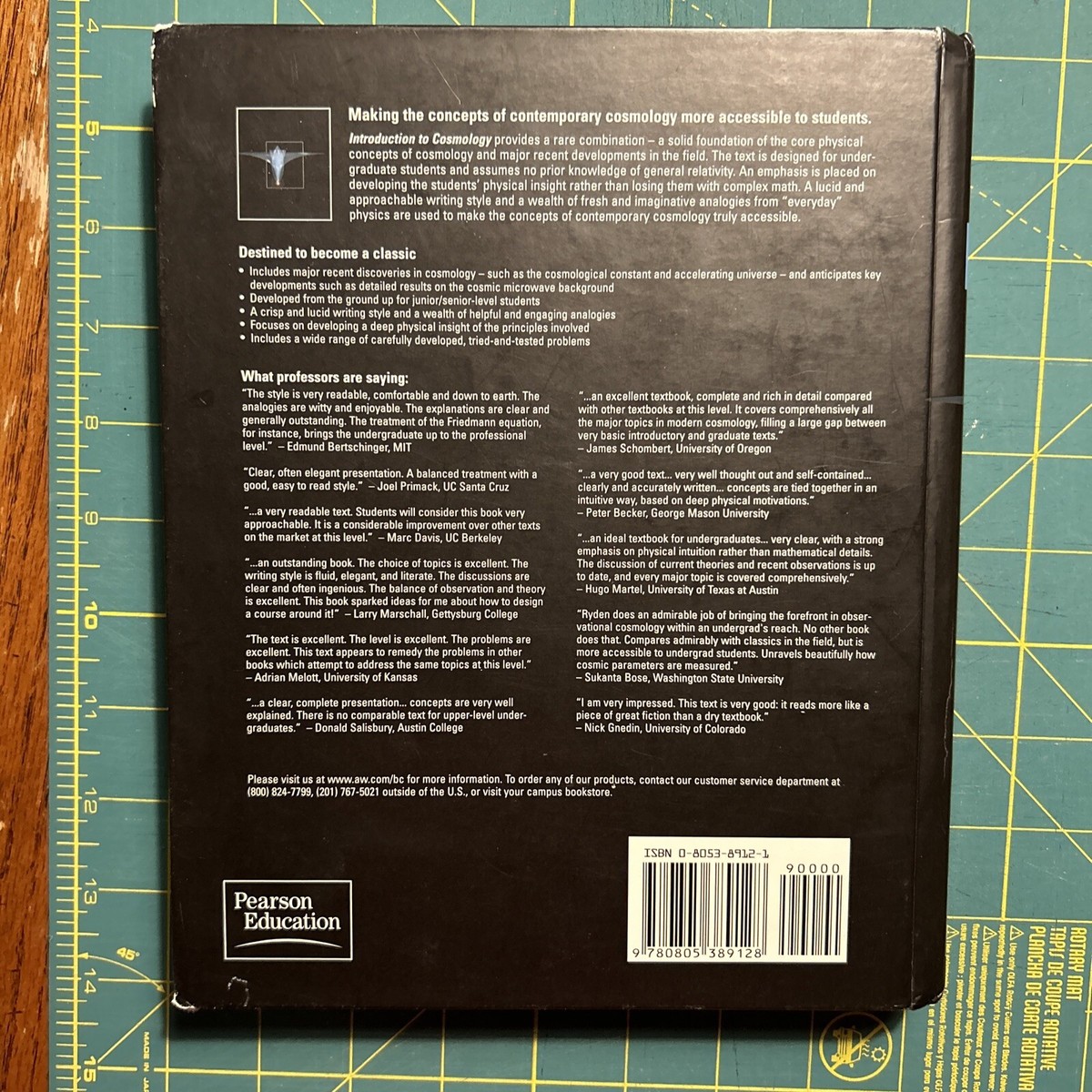
Title: Cosmographia: Mapping the World and the Universe in the Renaissance
The word “Cosmographia” stems from a blend of the Latinized Greek terms cosmos (universe or world) and graphia (writing or description). Therefore, a “Cosmographia” refers to a documented portrayal of the world and/or the cosmos. Traditionally, this term was interchangeable with Geographia to describe works that explored the essence of the Earth, the skies, and their interconnections. This concept evolved over time into a vast genre that included geography, astronomy, navigation, and cartography. In the Renaissance, cosmographia emerged as a prominent and significant literary genre, representing both the literal and intellectual widening of the European perspective.
The Origins of Cosmographia
The term is rooted in the classical past, especially linked to Ptolemy’s Geographike Hyphegesis (Guide to Drawing the Earth), which was subsequently published under the title Cosmographia in Latin. The influence of Ptolemy is crucial in the genre’s progression, particularly during the Renaissance when the inquiry into Earth’s position in the universe surged.
Cosmographia as a genre gained notable traction in the sixteenth century through works like Peter Apian’s Cosmographicus Liber (1524) and Sebastian Münster’s Cosmographia (1544). Apian’s text became one of the leading publications of the era, going through more than forty editions in five languages, with many of its later editions edited by the esteemed Dutch mathematician, physician, and cartographer Gemma Frisius.
Sebastian Münster’s Cosmographia Universalis also emerged as a significant publishing success, catering to an expanding readership eager for knowledge about the Earth and the cosmos, facilitated by the advent of the printing press and the burgeoning scientific curiosity in Europe.
Cosmographia in England: William Cuningham’s The Cosmographical Glasse
In 1559, medical practitioner and astrologer William Cuningham presented The Cosmographical Glasse, conteinyng the pleasant Principles of Cosmographie, Geographie, Hydrograhie, or Nauigation to the English-speaking public. Published by prominent Protestant printer John Daye, this work was the inaugural English-language volume to thoroughly explore cosmography.
Cuningham’s expertise in medicine, travel, languages, and academics, combined with Daye’s access to cutting-edge printing technology, led to the creation of a sophisticated and richly illustrated book. It introduced several innovations to English printing, including the apostrophe and the use of Fraçoise Guyot’s double-pica italic typeface. Cuningham’s nuanced comprehension of astronomy, geography, and classical knowledge, along with his intention to enlighten the “unlearned multitude,” shaped the structure and goals of the publication.
The Structure and Intellectual Underpinnings of the Work
The Cosmographical Glasse was structured into five principal sections: astronomy, geography, cartography, navigation, and chorography. This arrangement mirrored Apian’s work and adhered to a clear hierarchy: cosmography (total world), geography (the earthly realm), and chorography (specific locales).
Theoretical influences came from esteemed classical and modern thinkers such as Ptolemy, Aristotle, Proclus, Hipparchus, Polybius, and more contemporary figures like Oronce Finé and Gemma Frisius. Cuningham drew upon Maurolico’s Cosmographia in tres dialogos distincta (1543), although without acknowledgment, as a notable source for his Latin quotations and scientific concepts.
The book utilized the Platonic dialogue format featuring a teacher (Philonicus) and a student (Spoudaeus), promoting clarity and education, while also motivating readers to explore current English texts on mathematics and sciences, including those authored by Robert Recorde.
Innovations and Challenges
Cuningham’s publication sought to render technical knowledge more approachable. It featured explanations of modern triangulation techniques for surveying—first introduced by Gemma Frisius—tailored to the context of England. He provided guidelines for calculating latitude via fixed stars and Ptolemaic instruments, and he presented theoretical approaches for determining longitude through time variations and lunar distances. However, some of these methods—particularly those pertaining to timekeeping—proved impractical given the technological limitations of the period.
Despite a foundational Ptolemaic context, Cuningham exhibited an awareness of modern advancements in mathematical cosmography and incorporated contemporary information. He notably omitted references to Copernicus’ heliocentric theory, likely reflecting its minimal impact during that early timeframe—barely a decade and a half after the publication of De Revolutionibus in 1543.
Contributions to Cartography
One of the standout elements of The Cosmographical Glasse is the bird’s-eye view map of Norwich—the first printed depiction of an English city. At that time, Norwich was the second-largest city in England, and the intricate map has left a lasting legacy, being replicated and modified in subsequent works by